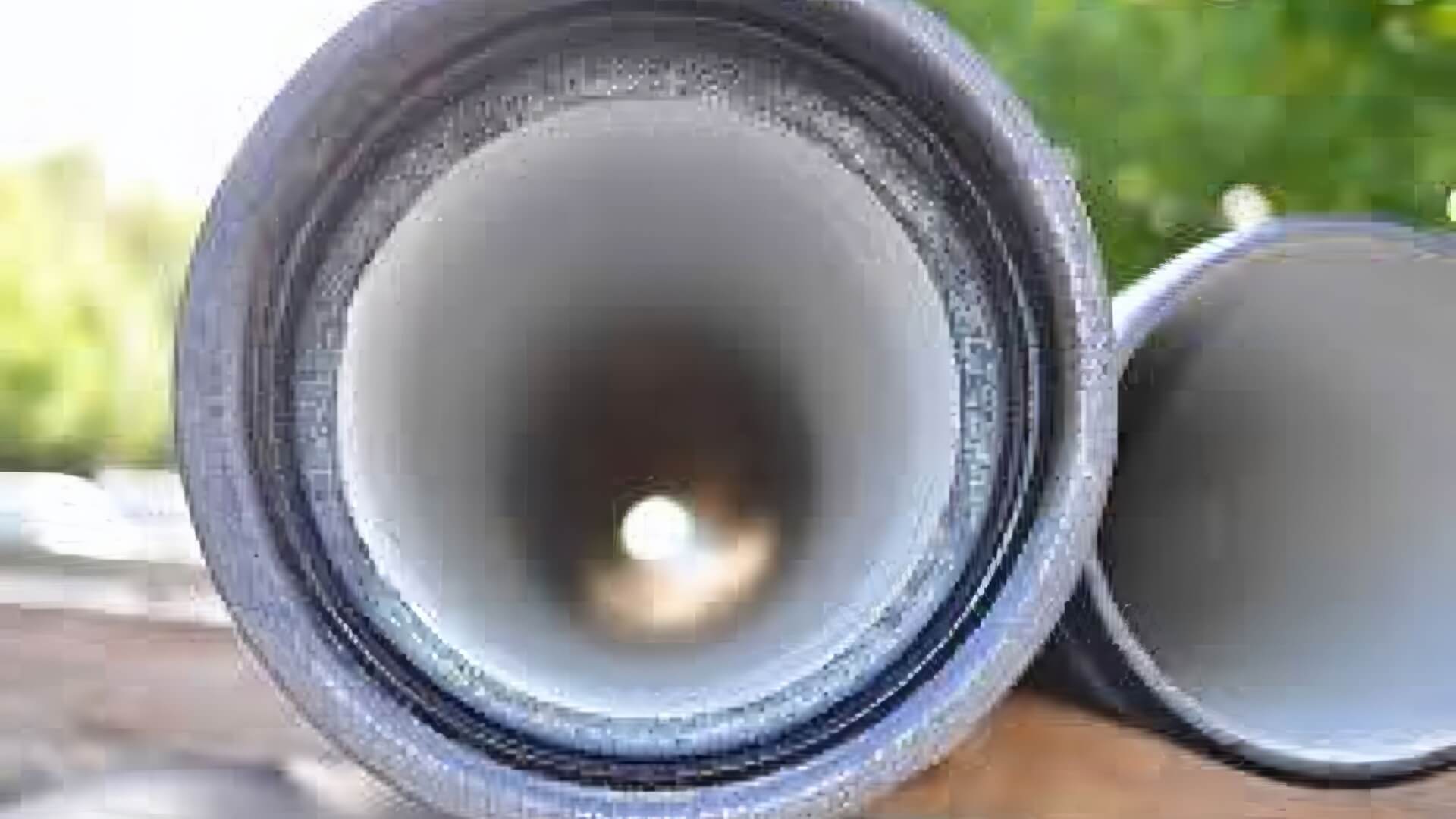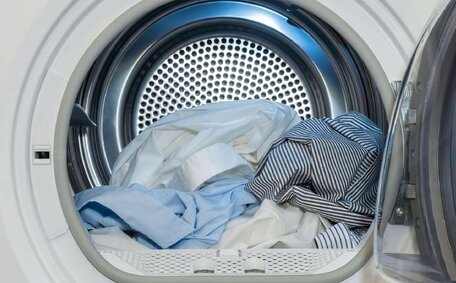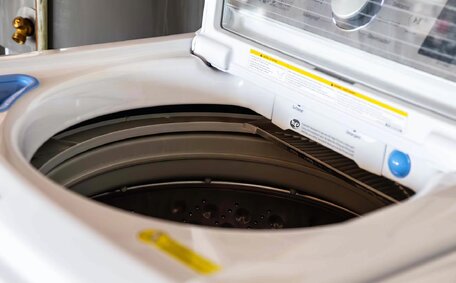Introduction to Gas Shutoffs: Why and When They’re Necessary
Knowing how and when to perform an emergency gas shut-off is crucial for the safety of your home and those inside it. Natural gas leaks can cause dangerous situations that quickly escalate and threaten your family’s wellbeing. It pays to be prepared to stop the flow of gas in emergencies.
There are a few key instances where you may need to shut off your gas:
- You detect an ominous gas smell in or around your home
- You suspect or discover a gas leak in your gas appliances or pipes
- Plumbers or emergency responders recommend shutting off gas due to another event emergency like a fire
- Before carrying out maintenance on your gas installation, like the gas water heater, gas stove or other gas-powered systems
Well-marked and accessible gas shutoff valves enable you to quickly cease gas flow when necessary. Learning your home’s gas safety shutoff procedures in advance can help avoid serious accidents. If uncertain during an emergency, evacuate immediately and consult safety guidelines or contact local emergency services.
Locating the Gas Meter and Main Shutoff Valve
You’ll commonly find your gas meter and main shutoff valve outside your home. Hot water systems, in particular, are often situated in the following common places:
- On an external wall
- Beside or near the hot water system
- On the side your home where gas appliances like BBQs, heaters and stoves are located
- Near the point where the gas pipe enters your house
The gas meter, usually housed in a grey metal box measuring about 30 x 50 centimetres, comes with pipes and a shut-off valve. The shut-off valve features a handle that, when turned at a 90-degree angle, ceases the gas flow. These valves are usually under a concrete lid marked 'gas’.
Before an emergency occurs, ensure all occupants know the location of your LP gas meter box and main shut-off valve and understand how to use them.
Ensuring the valve is readily accessible can save critical time in a leak situation.
How to Operate the Gas Shutoff Valve
In a gas emergency, the primary concern is to ensure that you can safely shut off the gas. Follow these guidelines when operating your home’s shutoff valve:
- Remain calm and evacuate the area if you sense danger.
- You can usually find the valve on the gas meter itself, simplifying location. They are typically metallic handles that a safety shutoff valve can quarter turn from open to closed.
- Keep your hands clean, free from oil or grease, before handling the gas valve, as with any gas water valves.
- Do not use any tools or excessive force which could damage the valve.
- Turn the shutoff valve a full 90 degrees clockwise until resistance is felt to stop flow gas.
- Confirm the valve is fully closed by checking for any movement; no movement indicates the gas is off.
- Clearly mark that gas been shut off and the valve should remain closed until further notice.
- Evacuate and call your designated emergency services even once gas flow is stopped.
Never try to turn your gas back on - only a licensed gasfitter can safely resolve issues after leaks are checked and fixed.
What to Do During and After a Gas Leak
If you notice signs of a gas leak, promptly visiting our website for immediate action steps is crucial. Follow these steps to maximise safety and consult with your gas supplier:
- Refrain from using electronics or lights to prevent sparking and potential ignition.
- Quickly evacuate everyone from the house to an upwind, secure location away from the leak.
- Call 000 and contact your gas company’s 24/7 emergency number to report the leak
- Clearly instruct others nearby to evacuate for their safety
- Do not attempt to locate or stop the leak yourself
- Wait at your secure evacuation point until emergency services arrive
- Check with emergency services before entering as pockets of gas may still linger
- Open all doors and windows to ventilate the house before going inside
- Have a licenced gas fitter thoroughly check all gas appliances and pipework before restoring your gas supply
- Never attempt to turn gas back on yourself - insist on checks by your licensed professional for your safety
- Revise emergency plans with your household incorporating insights from the incident.
- Invest in home gas leak detectors that can alert occupants to dangerous leaks
Despite being alarming, liquid propane leaks can be effectively managed with calm adherence to safety procedures. Ensure everyone in your home is across shutoff protocols and emergency actions in the unlikely event of future gas leaks.
When to Call the Gas Company or Emergency Services
Prompt professional assistance is critical during gas leaks or supply problems. Contact emergency services and your gas provider immediately if you:
- Smell even a faint australian gas odour with no obvious source
- Hear an unusual hissing noise near gas appliances or pipework
- Notice signs of carbon monoxide buildup like dizziness or nausea
- Discover visible damage to gas supply lines inside or outside the home
- Have attempted to turn off main gas at the off main valve but can still smell gas
- Are unable to locate the gas metre or safely access the shutoff valve
Be aware that natural gas is odourless, and a distinct smell is added for safety; any scent of gas denotes danger and needs immediate action.
Contact details including email address for emergency assistance:
- Emergency Services: Dial 000
- NSW Gas Leak Emergency Number: 1800 427 532
- [Business Name] 24/7 Emergency Gasfitting: 1300 349 338
Prioritise gas safety by not trying to repair leaks or restore supply before a licensed plumber’s inspection. Safety should be the number one priority when dealing with gas - don’t hesitate to call for help.
Gas Appliance and Pilot Light Precautions
Exercise caution with any operating gas appliances during an emergency gas supply shutdown.
Before turning off gas at the main valve, it’s crucial to switch off all your gas appliances inside and outside the home. This includes:
- Gas hot plates and ovens
- Gas room heaters and gas heaters for water
- Gas pool heaters
- Outdoor heaters and BBQs
Switching off appliance pilot lights before gas shutoff minimises ignition or explosion hazards. Appliances pilot lights and burners can still be lit as the remaining gas in pipes is used up.
Likewise, ensure all appliances remain off when restoring gas supply following an emergency shut-off. Before turning the main valve back on:
- Have a licenced professional relight any your appliances’ pilot lights needing ignition
- Check all burners, pilots and pipework for leaks and damage
- Never relight pilots yourself due to risk of leaks or incomplete combustion
Following these precautions for gas appliances and pilots prevents accidents both during shutoffs and restoration of your gas system.
Restoring Gas Service and Performing Safety Checks
Only a licensed gas fitter can safely restore your gas supply after an emergency shutoff. Before turning the main valve back on, ensure:
- The gas leak has been fully repaired
- All gas appliances remain switched off
- A gas fitter has checked all pipework and appliances
- Safety inspections confirm it’s safe to reopen gas flow
Have technicians relight appliance pilot lights and avoid doing it yourself, due to the associated safety risks.
Conducting detailed safety checks with the gas off prior to restoration can prevent leaks, explosions, or poisoning. Essential steps involve:
- Ventilate the Property - Open all doors windows to circulate fresh air.
- Check for Gas Odour - Inspect the home for any residual gas scents, especially near appliances.
- Leak Detection Check - Technicians should comprehensively test for leaks in the water pipes, gas lines, and appliances.
- Appliance Examination - Ensure burners, pilots, valves and connections are fully functional with no damage.
- Pipework Inspection - Look for any sign of corrosion or loose fittings along pipe length.
Ideally, a whole-of-system pressure test should also be conducted to check for leaks under work gas pressure.
Restoring gas system integrity requires diligence and care. Following safety guidelines is crucial; significant repairs and monitoring may be necessary before it is safe to reactivate appliances.






